Anoles can rapidly change their colour in response to external stimuli and I have watched this happen during interaction with another anole and during handling by a human. There are a few species that look superficially similar and it greatly helps the identification if the dewlap can be seen though of course this is not always possible. The four species below can all appear dark brown and so it is usually necessary to see the dewlap to identify it.
|
There are 64 species of Anolis lizards in Cuba that have been described to date but I’m sure that more will be described as more research is done on them. I think all are endemic to Cuba though some now occur in other places such as Florida or other islands as a result of deliberate or accidental introductions. Twenty years ago Lourdes Rodriguez Schettino produced the Iguanid Lizards of Cuba (1999). This book covered many topics including general taxonomy, morphology, ecology, genetics, parasitology, and biogeography. It covered 62 species but that included the iguana, curlytails and geckos, so many of the currently known Anolis are not featured. It featured colour illustrations of the males of just 50 species plus only four females and three immatures. The males, females and immatures in many species look completely different so in many ways it was nothing like our modern field guides. Whilst some are very restricted in range eg Anolis quadriocellifer, others like Anolis sagrei are widespread. I do find it surprising that nobody has since done a Field Guide to the reptiles of Cuba because it is desperately needed. The amphibians were covered in 2008 when Luis M. Díaz and Antonio Cadiz published Guía taxonómica de los amphibious de Cuba. This was done through ABC Taxa and produced with financial support from the Directorate-General of Development Cooperation of Belgium. It was produced both in hardback and pdf versions and is freely downloadable from the ABC Taxa website. A possible reason for the time it’s taking to produce a similar guide to the reptiles is the desire to get more fieldwork done and gain more knowledge first. I hope this is not the case as in my opinion it is much better to publish sooner rather than later with the information that is known at that time. The increase in interest and knowledge amongst professionals and amateurs alike following publication is always worth it. There will always be new discoveries that add to or amend what was previously believed to be the case. That is fine and in the light of new knowledge there is no reason why a pdf edition cannot be quickly updated just as new revised editions of hard copy field guides are published at the moment. Anoles can rapidly change their colour in response to external stimuli and I have watched this happen during interaction with another anole and during handling by a human. There are a few species that look superficially similar and it greatly helps the identification if the dewlap can be seen though of course this is not always possible. The four species below can all appear dark brown and so it is usually necessary to see the dewlap to identify it. But it helps also to know the distribution of each species as that can also help to reduce the options. Modern digital photography has been a game-changer. I take lots of pictures of reptiles when we are out in Cuba and my knowledge of what we are seeing is gradually growing. For ones that I cannot identify I resort to the internet – and increasingly to Cuban contacts with way more experience than I have. For many of the scarcer species there are usually no photos anyway on the internet so I am very grateful to Nils Navarro for his recent help in identifying three species for me from our last two trips. The first is Anolis fugitivus - Green-headed Grass Anole. This is only known from the NSB mountains between Moa and Baracoa and has been confused with A. cupeyalensis in the past even by experts. It has been found on very few occasions but can be distinguished by having only 4 lines of raised scales across the dorsum rather than 6/7 in cupeyalensis. Anoles can be divided into groups depending on what height above the ground they occur ie which habitat niche they have evolved to occupy. So Anolis fugitivus is considered a 'grass anole' and Anolis inexpectatus is one of the 'bush anoles'. And the third species that Nils Navarro has kindly identified for me is Anolis pumilus - Cuban Spiny-plant Anole which we saw near Santa Clara in 2017 and again on Cayo Guillermo in June 2019 where it is right at the eastern end of its range. So what is the milestone? Well I have now just exceeded the halfway mark (33/64) of Cuban Anolis species with photographs on the Reptiles page of this website. There's a long way to go and getting photos of the other half will be a lot more difficult! Not all of the photos were taken by me and and I'm very grateful for any help I receive so if you have good quality photos of species not featured then I would very much welcome your contribution.
0 Comments
Leave a Reply. |
Welcome to our Blog
Here we will post interesting news about what we and others have seen in Cuba. Archives
July 2024
Categories |
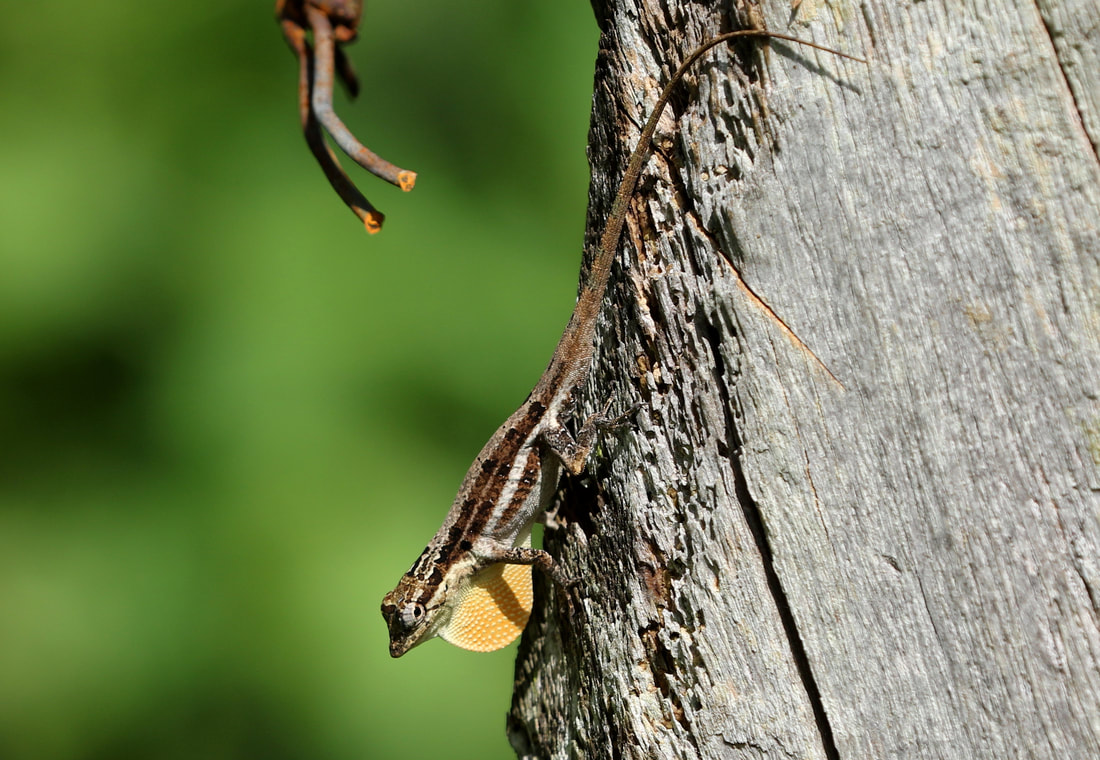


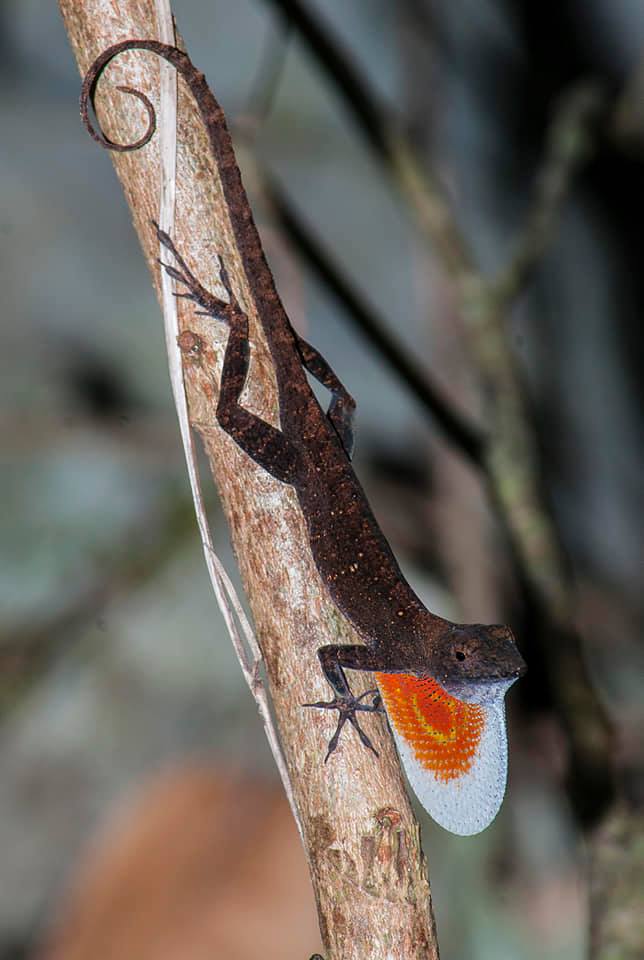
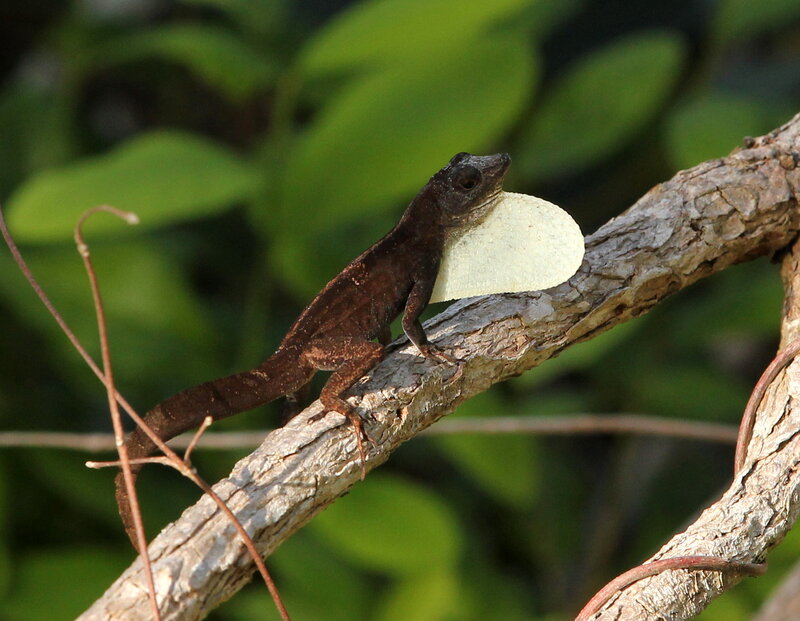
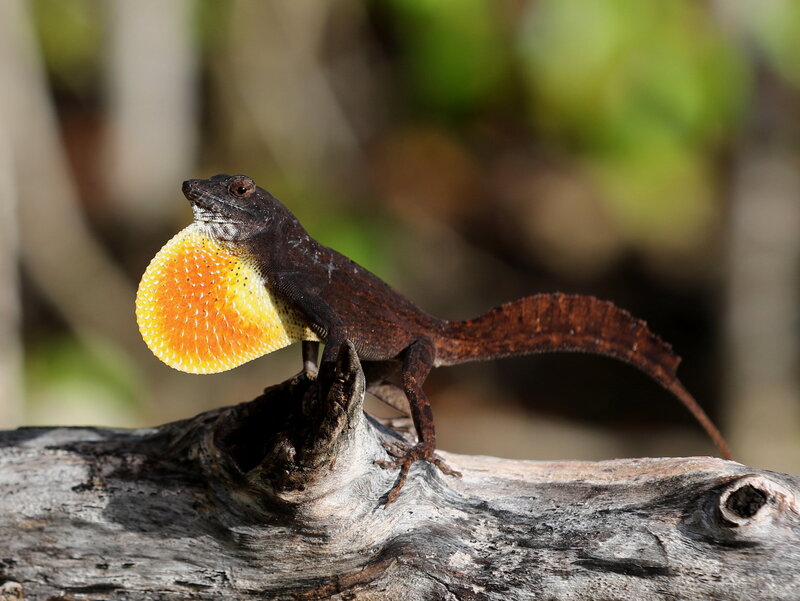
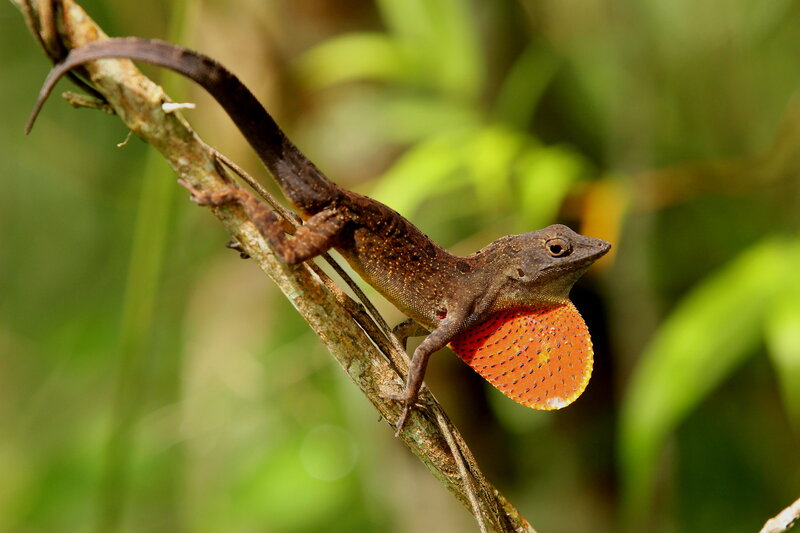
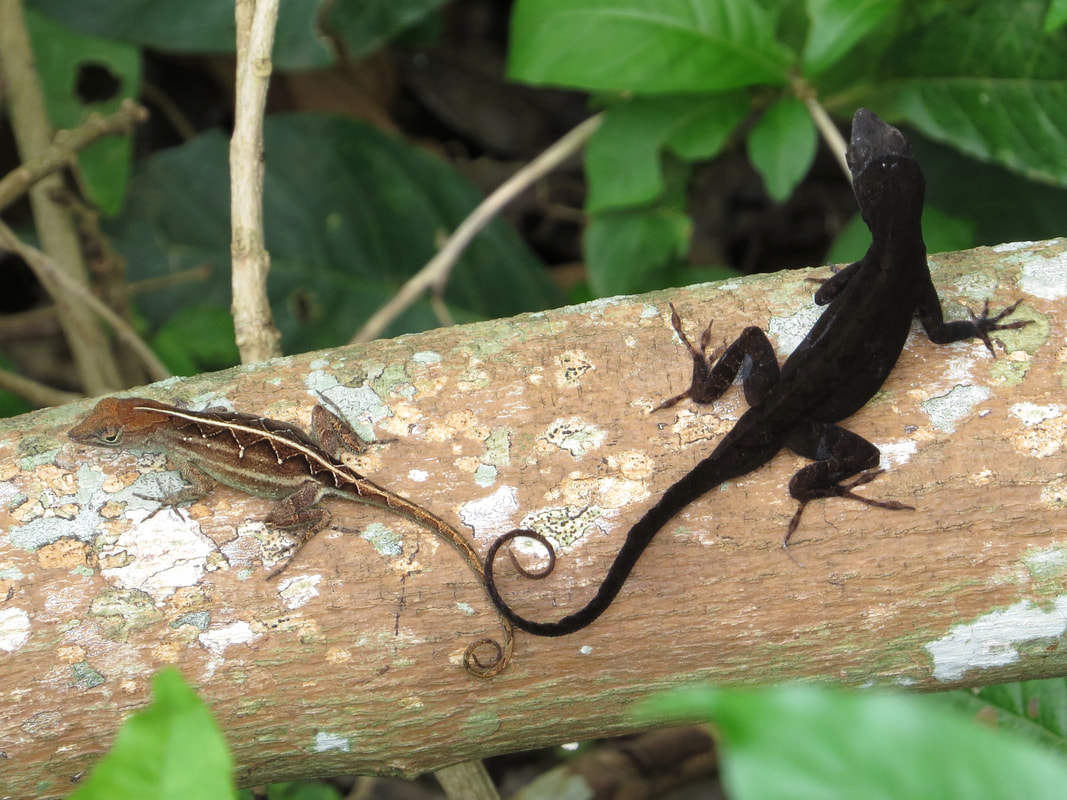
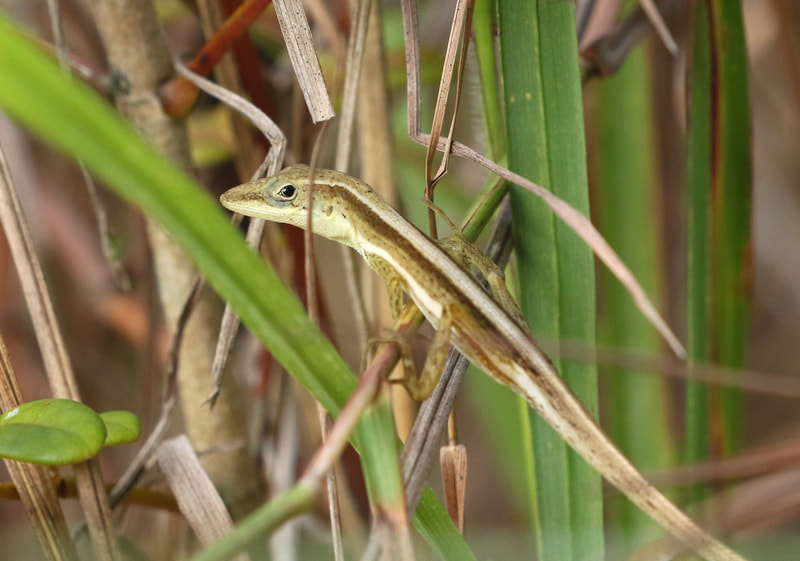
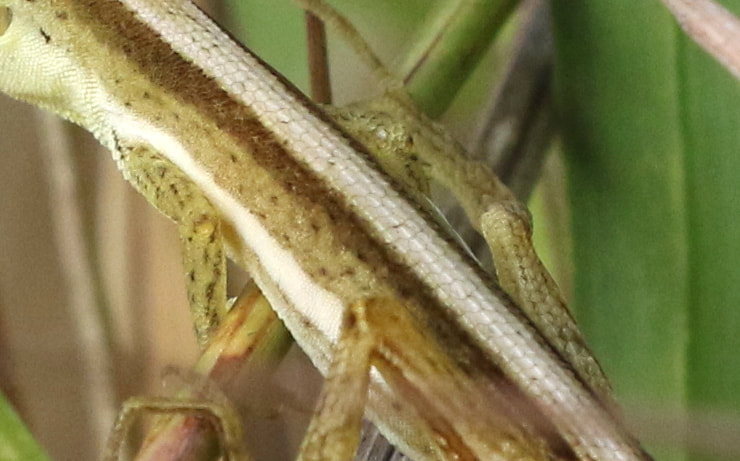
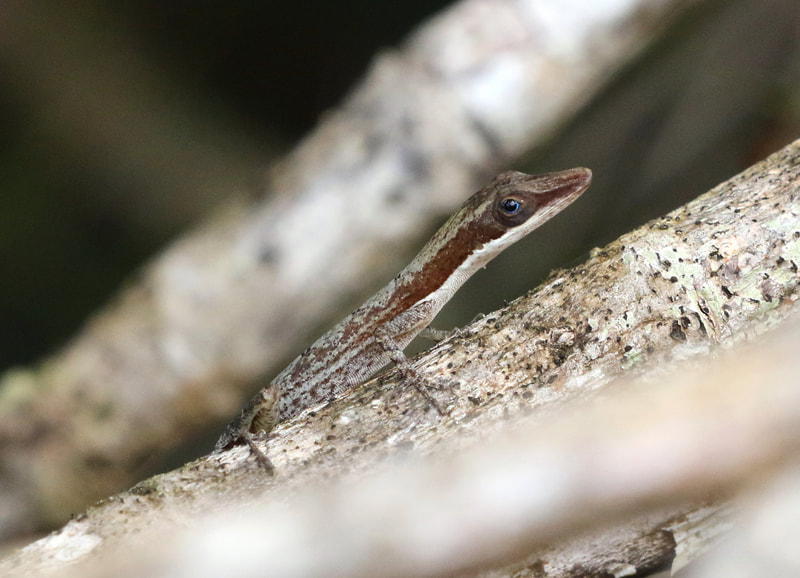
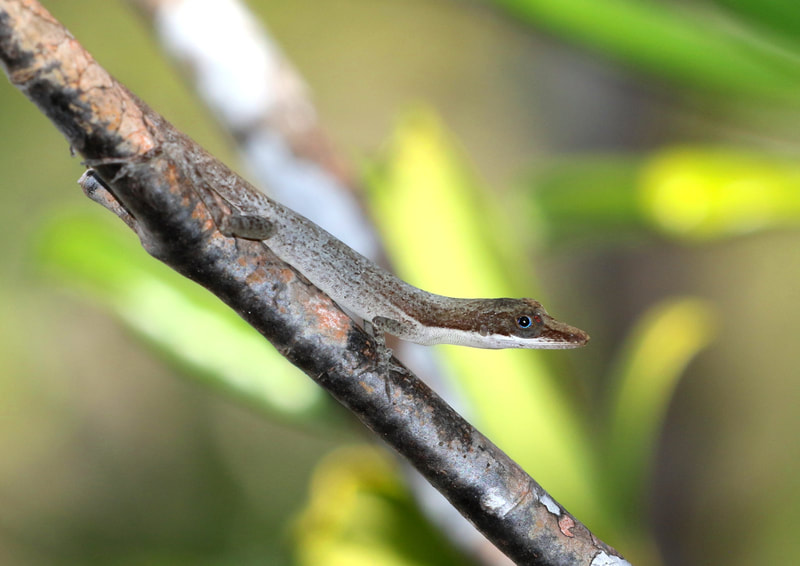
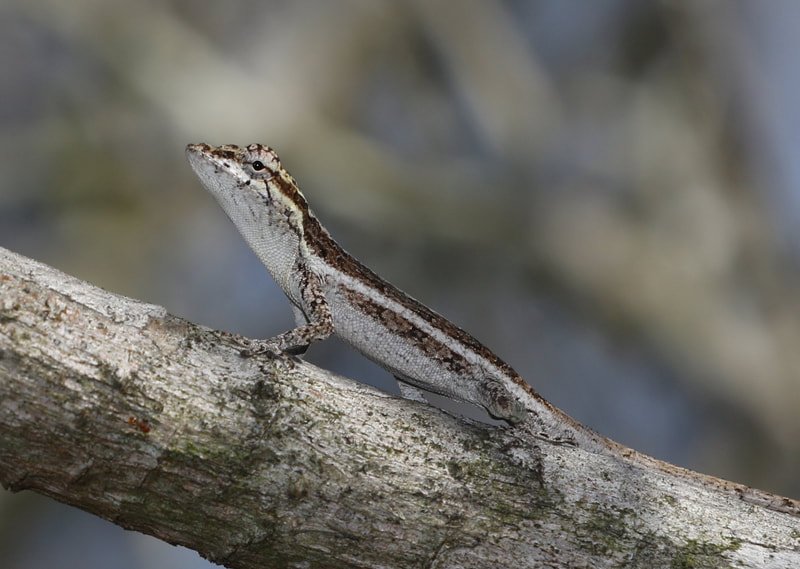
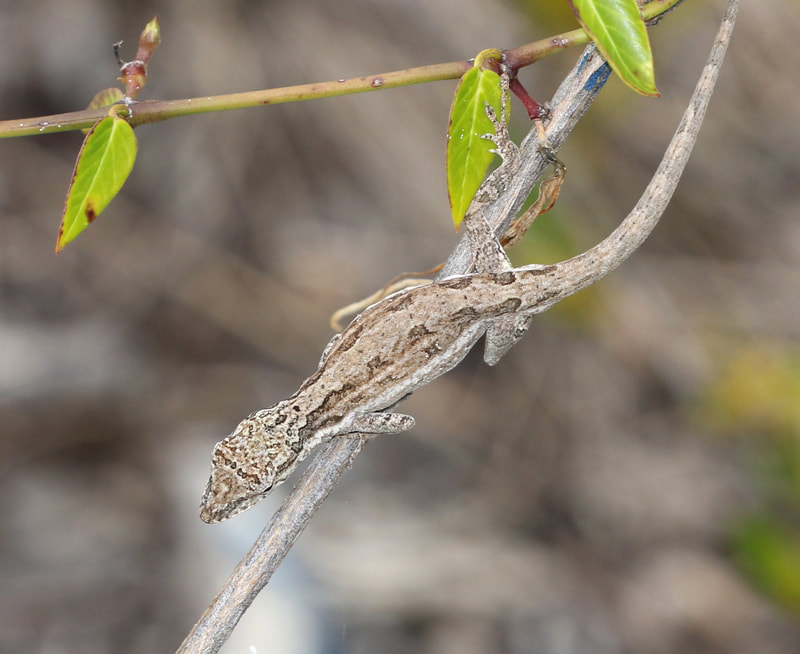
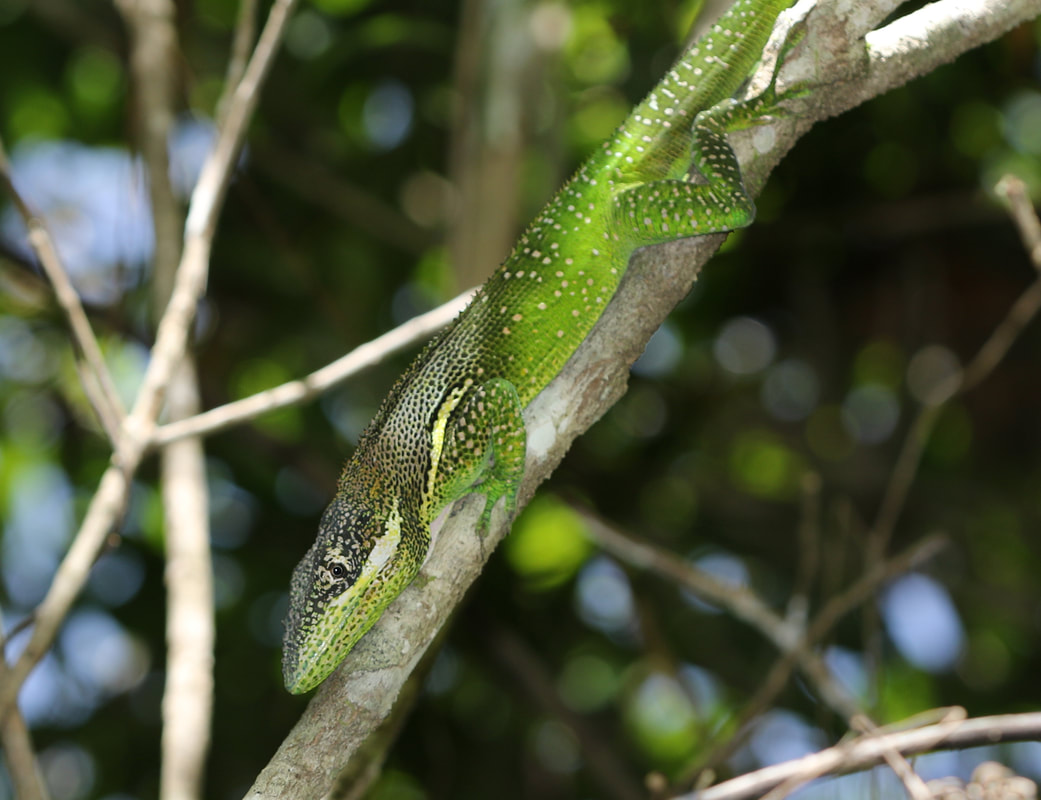
 RSS Feed
RSS Feed